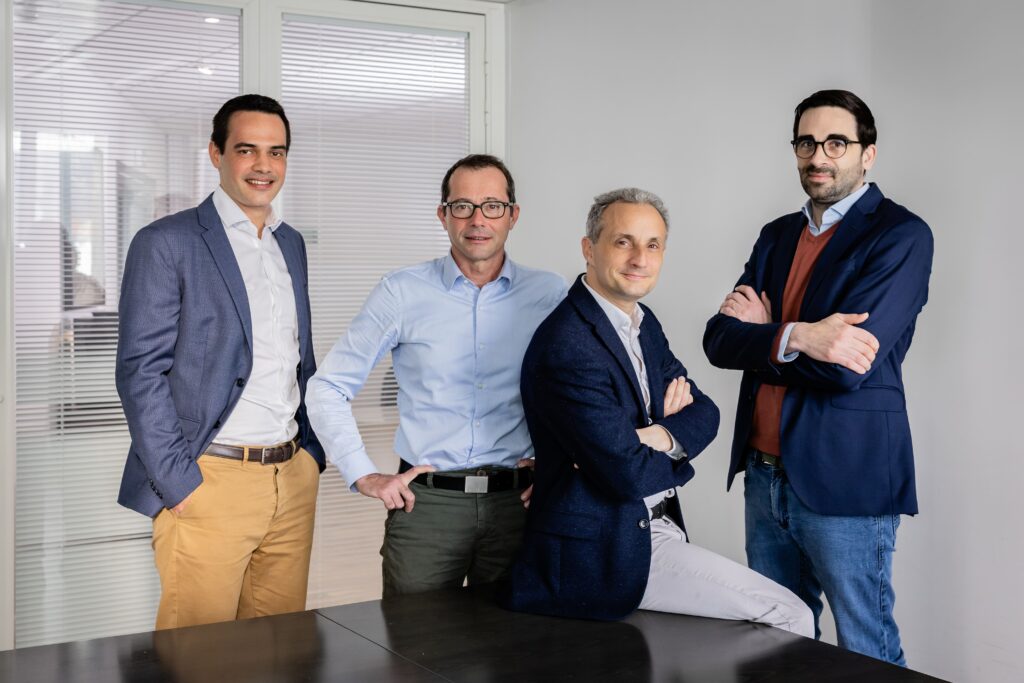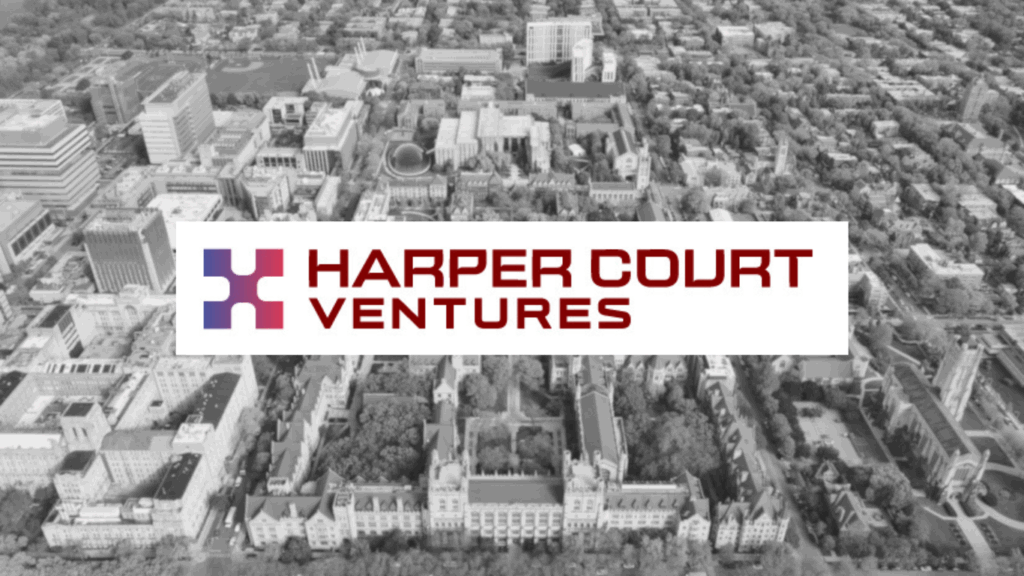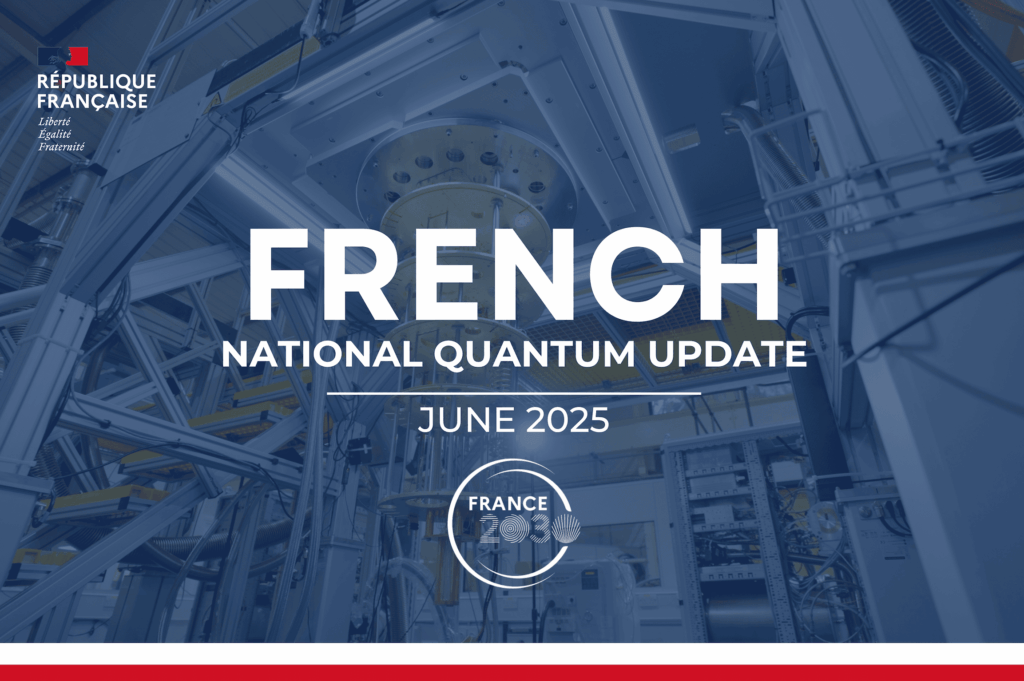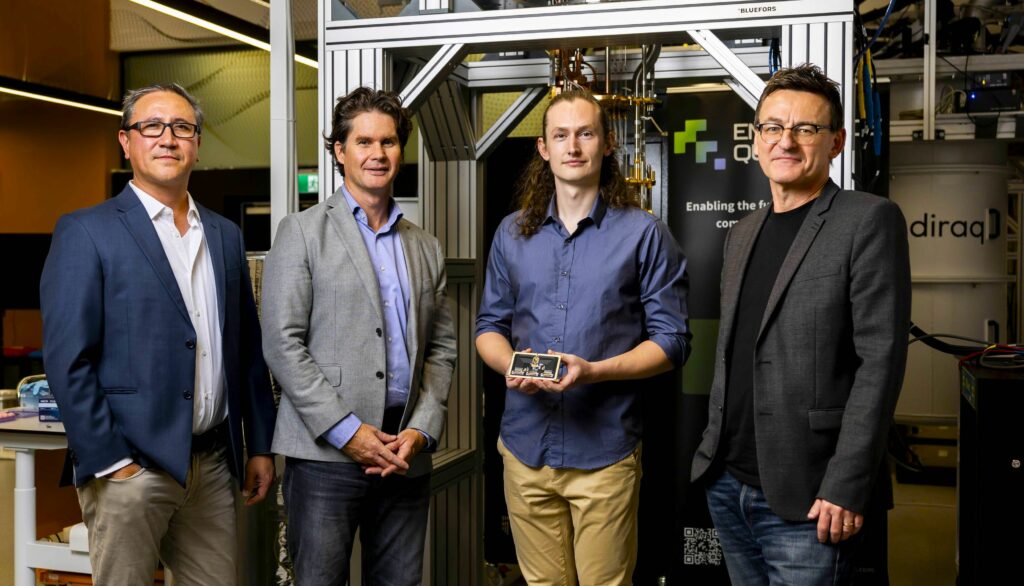Insider Brief
- Insilico Medicine used quantum computing and generative AI to explore the lead candidate discovery in the drug development process.
- The team added that they demonstrated the potential advantages of quantum generative adversarial networks in generative chemistry.
- Critical Quote: “The application of quantum computing in drug discovery will potentially help reduce the time and lower the cost of research and development.” — Min-Hsiu Hsieh, PhD, Director of the Quantum Computing Research Center of Hon Hai Technology Group
PRESS RELEASE — Insilico Medicine, a clinical stage generative artificial intelligence (AI)-driven drug discovery company, today announced that it combined two rapidly developing technologies, quantum computing and generative AI to explore the lead candidate discovery in the drug development process and successfully demonstrated the potential advantages of quantum generative adversarial networks in generative chemistry.
The study published on May 13th in the American Chemical Society’s Journal of Chemical Information and Modeling, a leading journal in computational modeling, is led by Insilico Taiwan center and UAE center which focus on pioneering and constructing breakthrough methods and engines with rapidly developing technologies including generative AI and quantum computing to accelerate drug discovery and development, supported by the University of Toronto’s Acceleration Consortium director Alan Aspuru-Guzik and Hon Hai (Foxconn) Research Institute.
“We are pleased to achieve the milestone in the collaboration with Insilico Medicine. Quantum computing can be used to solve complex computational problems. The application of quantum computing in drug discovery will potentially help reduce the time and lower the cost of research and development,” said Min-Hsiu Hsieh, PhD, Director of the Quantum Computing Research Center of Hon Hai Technology Group (Foxconn®)

Generative Adversarial Networks (GANs) are one of the most successful generative models in drug discovery and design which has shown remarkable results for generating data that mimics a data distribution in different tasks. The classic GAN model consists of a generator and a discriminator. The generator takes random noises as input and tries to imitate the data distribution, and the discriminator tries to distinguish between the fake and real samples. A GAN is trained until the discriminator cannot distinguish the generated data from the real data.
In this paper, researchers have explored the quantum advantage in small molecule drug discovery by substituting each part of MolGAN, an implicit GAN for small molecular graphs, with a variational quantum circuit (VQC) step by step including as the noise generator, generator with the patch method and quantum discriminator, and comparing its performance and with the classical counterpart.
The study not only demonstrates that the trained quantum GANs can generate training-set-like molecules by using the VQC as the noise generator, but the quantum generator outperforms the classical GAN in the drug properties of generated compounds and the goal-directed benchmark. In addition, the study shows the quantum discriminator of GAN with only tens of learnable parameters can generate valid molecules and it outperforms the classical counterpart with tens of thousands of parameters in terms of generated molecule properties and KL-divergence score.
“Quantum computing is recognized as the next technology breakthrough which will make great impact to all communities, and the pharmaceutical industry is believed to be among the first wave of industries benefiting from the advancement. The paper demonstrates Insilico’s first footprint in quantum computing with AI in molecular generation underlining our vision in the field,” said Jimmy Yen-Chu Lin, PhD, GM of Insilico Medicine Taiwan, and corresponding author of the paper.
The promising result will further support Insilico’s UAE team to integrate the hybrid Quantum GAN model into Chemistry42, Insilico’s proprietary small molecule generation engine to obtain more efficient and accurate results in AI-driven drug discovery and development process. As one of the pioneers to leverage GANs in de novo molecular design Insilico published the first paper in this field in 2016 and the company has delivered 11 preclinical candidates with the support of its end-to-end platform Pharma.AI based on generative AI models since 2021, three of which have entered clinical trials.
“To our knowledge, it is the first time in the industry to systematically replace every component of GAN with VCQ and successfully generate molecules. I believe this is also the first small step in our journey,” said Alex Zhavoronkov, founder and CEO of Insilico Medicine. “We are committed to accelerate high-quality effective therapeutics to patients to extend healthy productive life for everyone on the planet with the support of cutting-edge technologies. Insilico’s UAE center is currently working on a breakthrough experiment with a real quantum computer for chemistry and look forward to sharing Insilico’s best practices with industry and academia.”
If you found this article to be informative, you can explore more current quantum news here, exclusives, interviews, and podcasts.

















